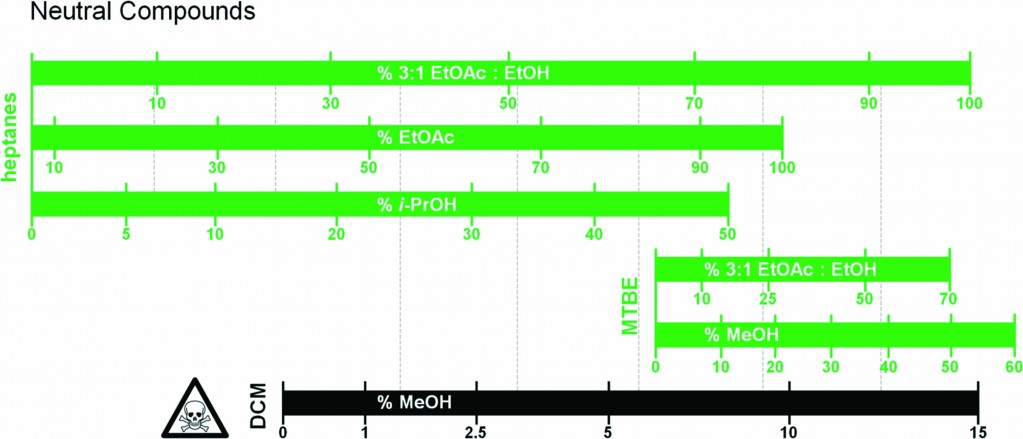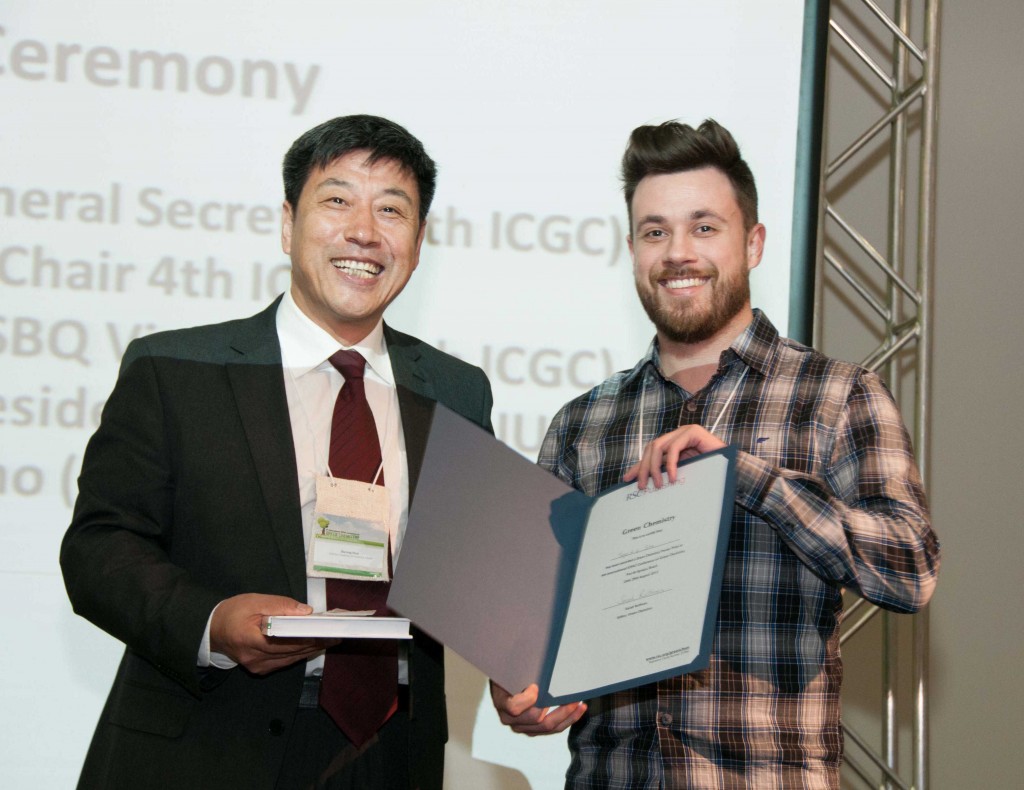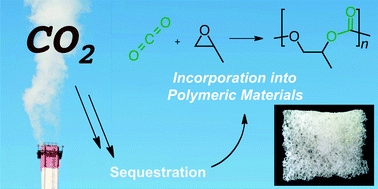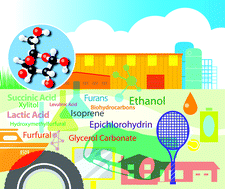 One of the greatest challenges facing society and science is developing alternative, renewable energy sources to traditional (and non-renewable) petroleum products. Below is a selection of Green Chemistry articles giving you a snapshot of the high quality work we publish in this area.
One of the greatest challenges facing society and science is developing alternative, renewable energy sources to traditional (and non-renewable) petroleum products. Below is a selection of Green Chemistry articles giving you a snapshot of the high quality work we publish in this area.
You can enjoy free access to these articles for a limited time only, so why not take a look? Stay up-to-date with the latest content in Green Chemistry by registering for our free table of contents alerts.
Etherification and reductive etherification of 5-(hydroxymethyl)furfural: 5-(alkoxymethyl)furfurals and 2,5-bis(alkoxymethyl)furans as potential bio-diesel candidates, Madhesan Balakrishnan, Eric R. Sacia and Alexis T. Bell, Green Chem., 2012, 14, 1626-1634
The fate of bio-carbon in FCC co-processing products, Gabriella Fogassy, Nicolas Thegarid, Yves Schuurman and Claude Mirodatos, Green Chem., 2012, 14, 1367-1371
Liquid hydrocarbon fuels from cellulosic feedstocks via thermal deoxygenation of levulinic acid and formic acid salt mixtures, Paige A. Case, Adriaan R. P. van Heiningen and M. Clayton Wheeler, Green Chem., 2012, 14, 85-89
A technical evaluation of biodiesel from vegetable oils vs. algae. Will algae-derived biodiesel perform?, Gerhard Knothe, Green Chem., 2011, 13, 3048-3065
Production of liquid hydrocarbon fuels by catalytic conversion of biomass-derived levulinic acid, Drew J. Braden, Carlos A. Henao, Jacob Heltzel, Christos C. Maravelias and James A. Dumesic, Green Chem., 2011, 13, 1755-1765
Algae as a source of renewable chemicals: opportunities and challenges, Patrick M. Foley, Evan S. Beach and Julie B. Zimmerman, Green Chem., 2011, 13, 1399-1405
An efficient activity ionic liquid-enzyme system for biodiesel production, Teresa De Diego, Arturo Manjón, Pedro Lozano, Michel Vaultier and José L. Iborra, Green Chem., 2011, 13, 444-451
Production of jet and diesel fuel range alkanes from waste hemicellulose-derived aqueous solutions, Rong Xing, Ayyagari V. Subrahmanyam, Hakan Olcay, Wei Qi, G. Peter van Walsum, Hemant Pendse and George W. Huber, Green Chem., 2010, 12, 1933-1946
Technology development for the production of biobased products from biorefinery carbohydrates—the US Department of Energy’s “Top 10” revisited, Joseph J. Bozell and Gene R. Petersen, Green Chem., 2010, 12, 539-554
Mechanocatalysis for biomass-derived chemicals and fuels, Sandra M. Hick, Carolin Griebel, David T. Restrepo, Joshua H. Truitt, Eric J. Buker, Caroline Bylda and Richard G. Blair, Green Chem., 2010, 12, 468-474
High-yield conversion of plant biomass into the key value-added feedstocks 5-(hydroxymethyl)furfural, levulinic acid, and levulinic esters via 5-(chloromethyl)furfural, Mark Mascal and Edward B. Nikitin, Green Chem., 2010, 12, 370-373
Ionic liquid tolerant hyperthermophilic cellulases for biomass pretreatment and hydrolysis, Supratim Datta, Bradley Holmes, Joshua I. Park, Zhiwei Chen, Dean C. Dibble, Masood Hadi, Harvey W. Blanch, Blake A. Simmons and Rajat Sapra, Green Chem., 2010, 12, 338-345
Comments Off on Article collection: Renewable energy
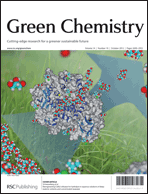
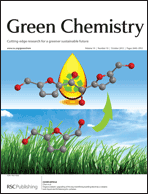











 One of the greatest challenges facing society and science is developing alternative, renewable energy sources to traditional (and non-renewable) petroleum products. Below is a selection of
One of the greatest challenges facing society and science is developing alternative, renewable energy sources to traditional (and non-renewable) petroleum products. Below is a selection of 